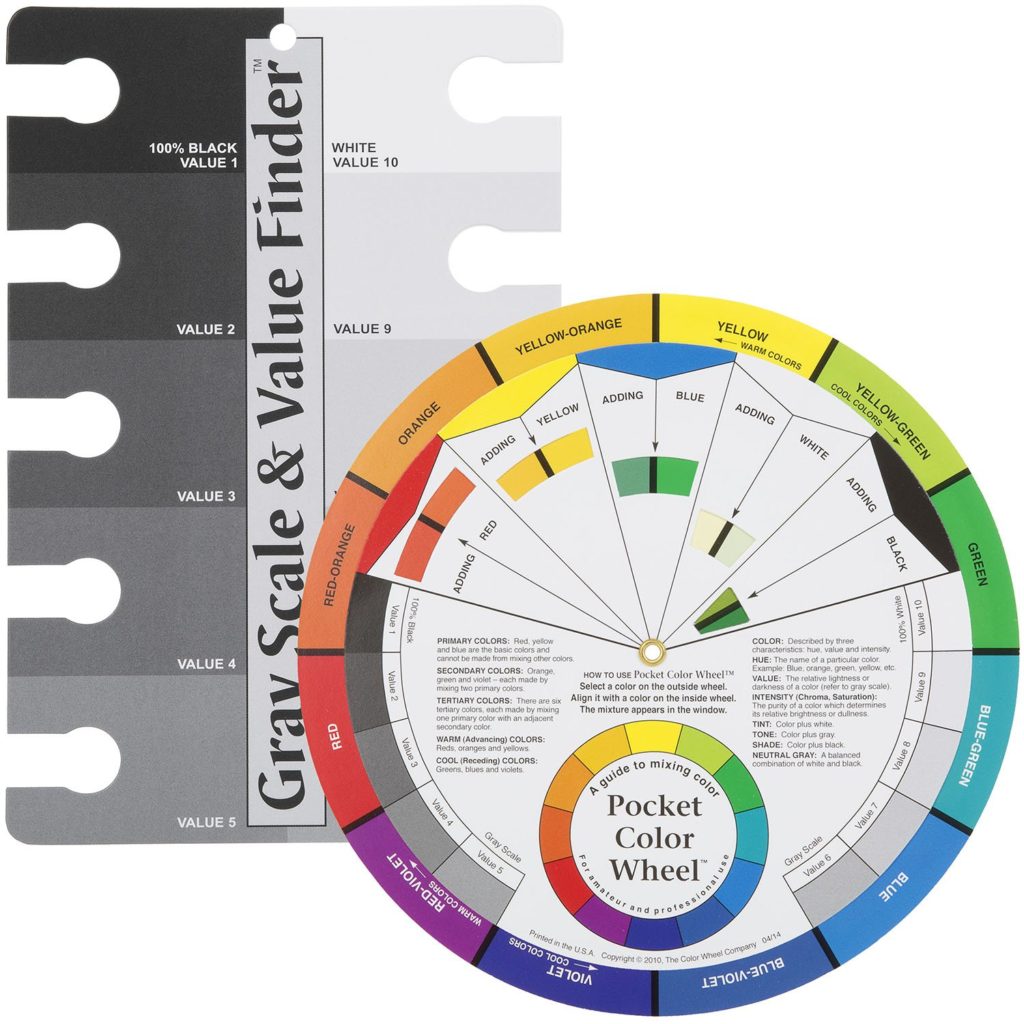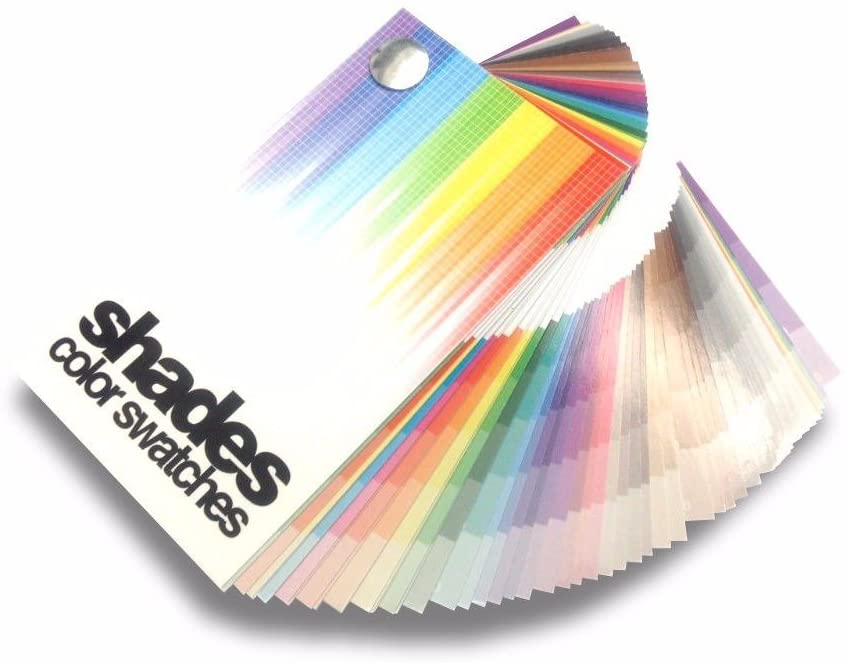Colour Basics and “Rules”: What Looks Good
Who remembers “blue and green should never be seen”? This is a “rule” with longevity because most people like having guidance on how to dress and many of us are fixated with the idea of having our colours done.
Having your colours done often includes the paying of large sums of money to somebody who does colours. In return, they give you colour swatches in your ideal palette and tell you what works. And ideally, what doesn’t! It’s a very limiting process.
Of course, it almost goes without saying that what you could wear when you were 40 you often cannot wear when your 50 or 60. BUT, you may well be able to wear it again when you hit 70.
So how can you help yourself without spending money you can ill-afford (maybe); not just on learning what suits you, but on new clothes to fill the void because you have (of course) completed a Wardrobe Workout and know what you need.
One of the keys to choosing your best colours as you age (for your hair, skin tone, eyes and personality) is to learn how to use a colour wheel.
A Colour Wheel
Is a little wheel showing you how each colour is created from the three primary colours: red, blue and yellow. You possibly thought there were more but no, just three!
A Cox Colour Wheel Teaches you how colours are made up and what to mix with what.

Using a colour wheel you will see the colours that complement each other and those that should never be paired together. Which brings me back to blue and green!
Creating A Look
Wear three colours or less. For example, complement a blue dress, with two matching colours from the colour wheel … maybe emerald-green shoes and a light-green handbag. Don’t even think about adding a yellow scarf! Four colours is overkill and I don’t know who made that rule but it’s spot on …
Analogous colours which sit next to each other on the wheel, are similar in hue and tone, so wearing an outfit combining two or even three analogous colours will work. The Shades Color Swatches System Guide is fabulous if you’re not sure if this goes with that, even using the Colour Wheel …

You really are best to avoid:
□ Black and brown
□ Black and navy
□ White and cream
BUT, you can get away with using black and brown if the colours are very different. For example light brown (Camel) combined with black looks great. The other two will never work!
Colour Categories:
Rule of thumb … colours fit into one of four categories:
• Neutral colours
• Cold colours
• Warm colours
• Warm neutrals
Learn how to choose colours from different categories. For example, combining blue, yellow and white … two colours and one neutral … works well. We all know black & white or black & grey, are two neutrals that create stunning outfits.
If you’re not sure if your warm or cold or any of the other combinations, reading Color Your Style will help.
Match lighter and darker shades of the same colour to create a chic, stylish outfit. Dark green and light green, or navy blue and pale blue, are simple, but stylish, combinations.
Play with your colours.
Use your colour wheel and swatches for help. It’s unlikely you’ll be able to wear the colours you wore when you were younger, but now you have a way of finding what really works for you.
You can always choose to work on the principle that rules are made to be broken and not worry about your colours. But really, it depends on how you want to look and how you want to feel about how you look.
Please don’t forget Fashion fades but style is eternal .
If this seasons’ colours don’t work for you, don’t wear them! BUT, if this season’s colours are what you need, stock up!







